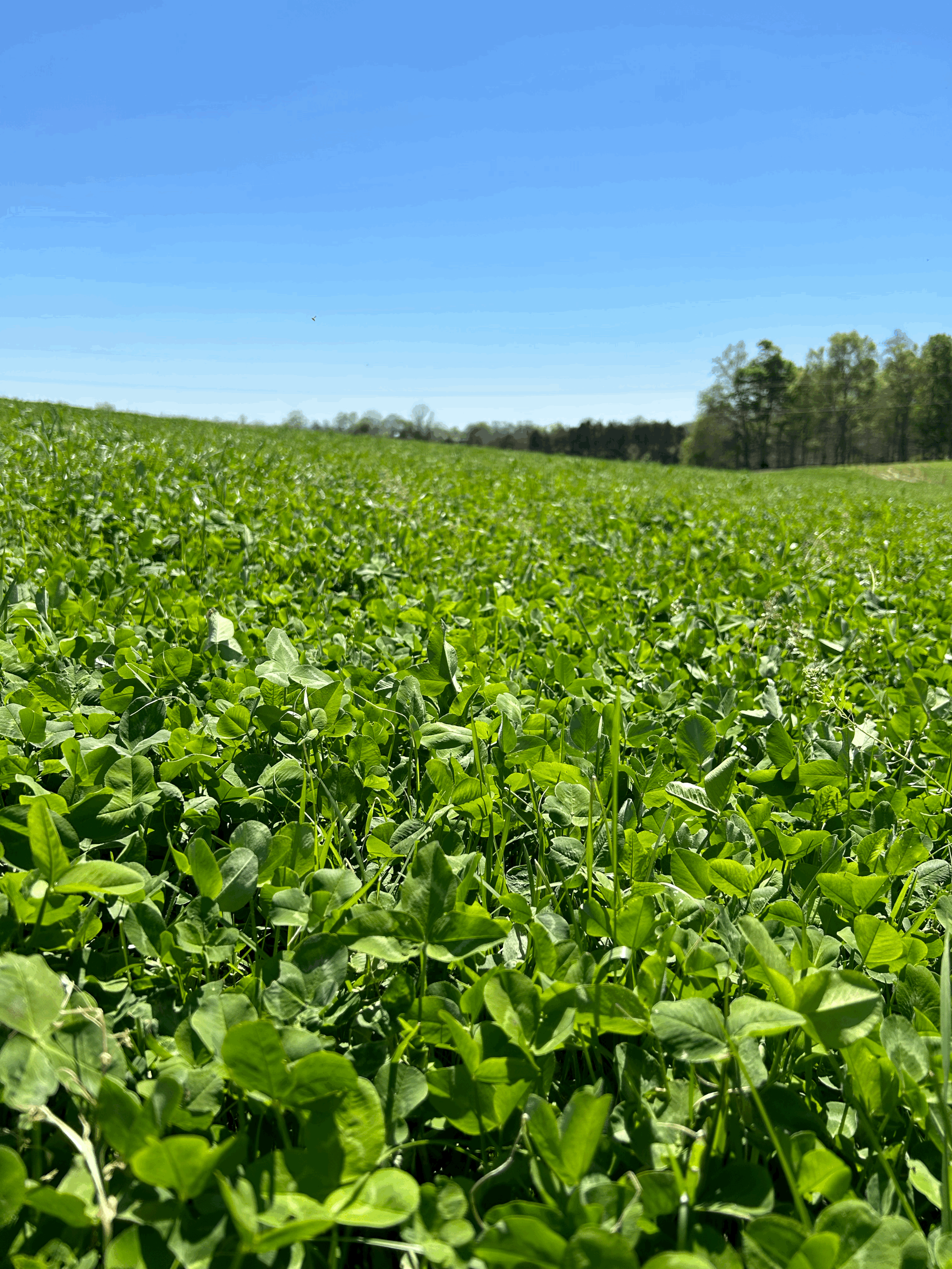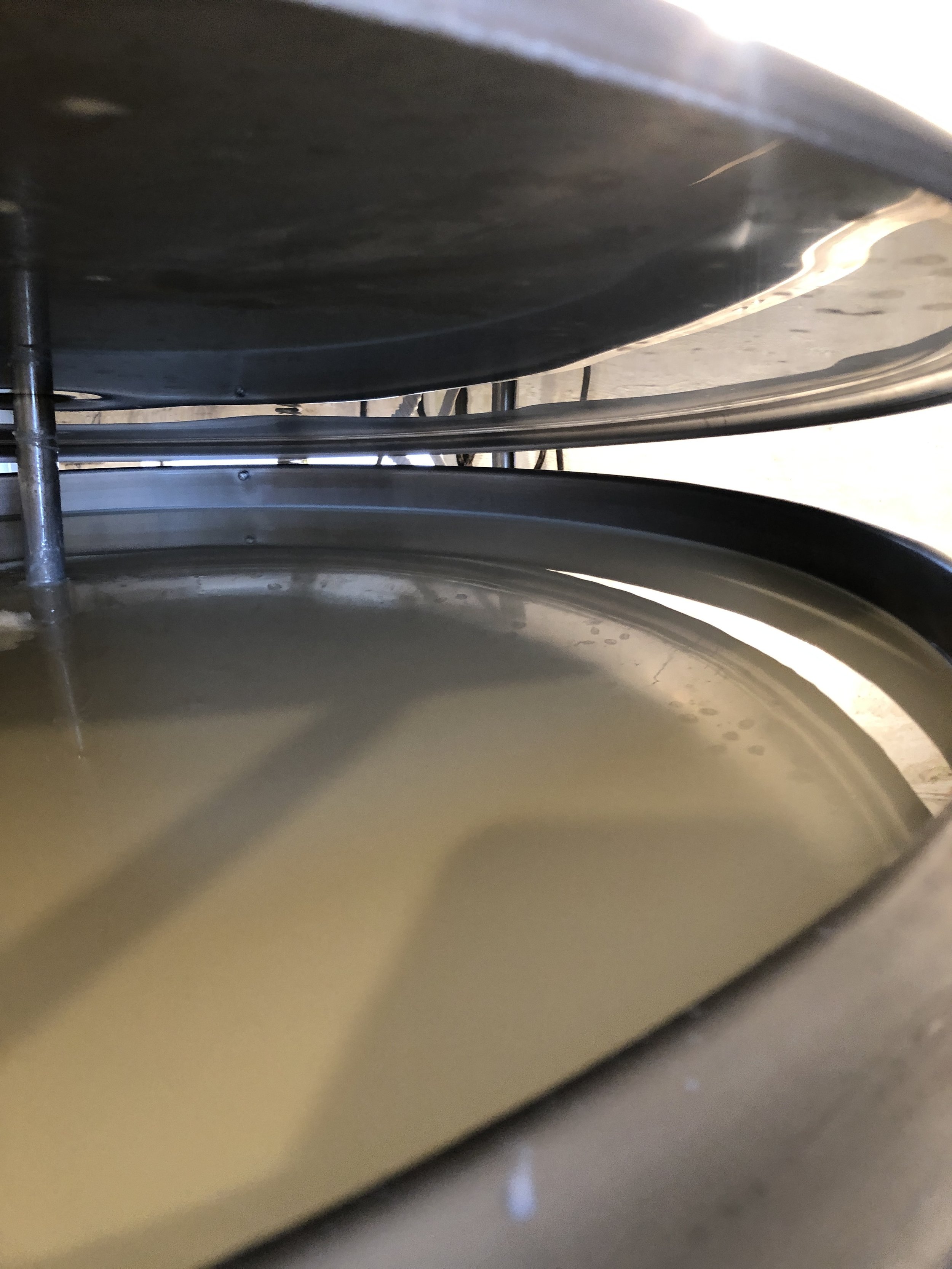As my father-in-law likes to say, “Raw milk is good and good for you!” But what makes it good for you?
We’ve talked about what raw milk is and we’ve talked about is raw milk safe.
Now I want to talk a little more about why raw milk is good for you. I’ve mentioned before that raw milk contains natural enzymes.
These enzymes are what help your stomach break down the milk and digest it and process the protein chains of milk. They also help your body to absorb the calcium present in milk. (Did you know that when milk is pasteurized and those enzymes destroyed, your body doesn’t absorb the calcium contained in milk?!) On a personal note, I have found that when my stomach feels “churn-y”, drinking a glass of raw milk will help settle it, again, due to the enzymes.
Bacteria. It gets a bad rap. But did you know that exposure to bacteria is actually what makes your immune system strong? As a mom of two on a farm, there have been PLENTY of times when BOTH of our girls have EATEN DIRT. Again, as a mom, my general reaction is to TOTALLY FREAK OUT. Then you find yourself saying things like, “It’s probably good for them…” (Just wait. If you’re a first time mom…At some point in your life, you will very likely have a similar thought) Obviously, I don’t let my children go around eating handfuls of dirt. That would just be gross. And so gritty feeling. But I do know that my kiddos, growing up on a farm and drinking raw milk do not get sick very often. When they do, they are over it in just a few days, like it didn’t even touch them. The exposure to good bacteria really IS good for them. I’m not suggesting we don’t use basic hygienic practices at all, but when we live on antibacterial soap and purell hand sanitizer, we’re not only killing the bacteria that has potential to make us sick, but also the good bacteria that will make us strong. Same goes for milk. If you pasteurize it, you’re losing all that beneficial bacteria that will strengthen your immune system and keep you healthier.
Fun fact: Did you know that children that drink raw milk are less likely to get ear infections? Neither of my children (4 yrs and 10 months) have ever had an ear infection. Ever. And our family is not the only case. I have a dear customer that drank our milk for years that told me of her 6 children, the first was prone to ear infections (which was before raw milk) and the other 5 NEVER HAD EVEN ONE. Because after the first was when they started drinking raw milk.
Seasonal allergies. To be quite honest, I am not a sufferer of these. That being said, I have witnessed first hand the pure misery of seasonal allergies in 11 years of marriage to my husband. When we were in college, every fall and spring were full of watery, red eyes and constant sneezing. (Before we drank raw milk) It was horrible. Sometimes it would get so bad, he would hardly be able to breathe between sneezing fits. And yes, this man went on to be a farmer who is constantly exposed to grass, hay, and pollen outdoors. What keeps this at bay? Raw milk. Again. For the win. Raw milk actually helps prevent your body from having a histamine reaction to seasonal allergens. Kind of levels the playing field. When my husband is regularly drinking raw milk, you would never even know he had allergies. Seriously. The difference is night and day. This is again due to good bacteria within the raw milk.
Okay. This one isn’t a health benefit. But man, it’s quite the perk of drinking raw milk. Taste. There is absolutely no comparison. Raw milk tastes so rich and so creamy and so naturally sweet! It’s like you are drinking ice cream. Seriously. It. Is. So. Good. I suppose we could call this a health benefit because the delicious flavor will make you want to drink more and more of it. ;) Which enables you to get all the other wonderful health benefits!
~JoAnna Bleasdale









